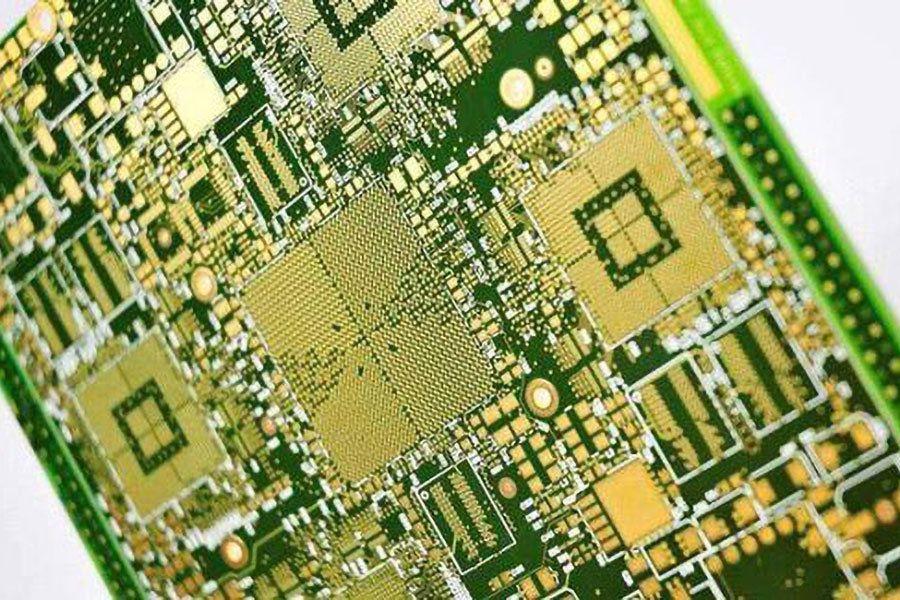
The PCB board you have never known
PCB board that mechanically supports and electrically connects the conductive tracks of an electronic component or electrical component that etches from one or more sheet layers of copper, typically soldering the components to the PCB for electrical connection and mechanically Ground is fixed to the PCB.
PCB board is versatile and is suitable for use in all but the simplest electronic products.
Alternatives to PCB board include wire-wound and point-to-point structures, which were once popular but rarely used today.PCB board requires additional design work to lay out the circuit, but manufacturing and assembly can be automated. Professional CAD software can be used to do most of the layout work.
The PCB board can be single-sided (a copper layer), double-sided (two copper layers on either side of a substrate layer), or multiple layers (the outer and inner layers of copper, alternating with the substrate layer). Multilayer PCB board allow for higher component densities and circuit traces on the inner layer will occupy surface space between the components. The popularity of multilayer PCB board with more than two, in particular, more than four, copper planes occurs simultaneously with the use of surface mount technology.
However, multi-layer PCB boards make the repair, analysis, and field modification of circuits more difficult and often impractical.
Compared to other wiring methods, mass production circuits using PCB board relatively cheaper and faster because components can be fabricated and wired in a single operation to produce a large number of PCB boards at the same time, and the layout only needs to be done once. Therefore, the PCB board can reduce the work pressure and reduce efficiency in a small amount of manual manufacturing.




